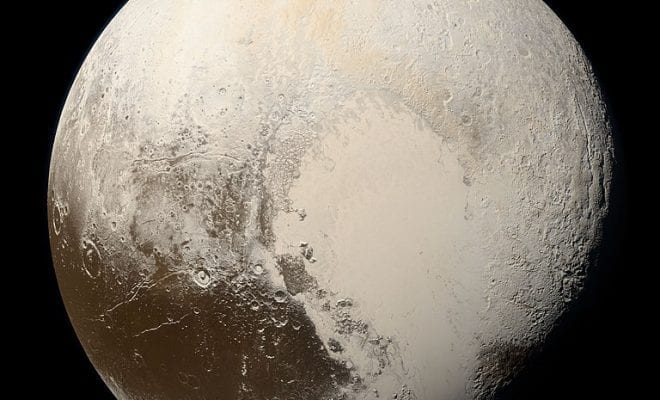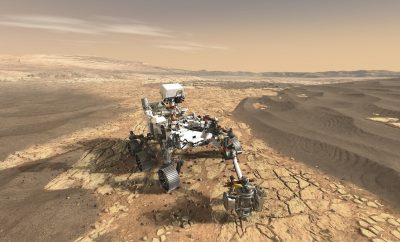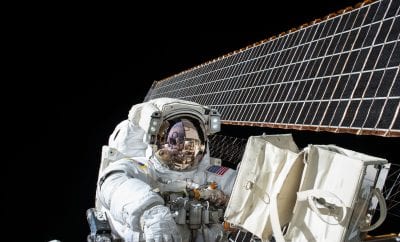
News
NASA May be Returning to Pluto
Pluto is getting some much-deserved respect as of late, despite its classification as a celestial object rather than a planet in our solar system. Days after NASA Administrator Jim Bridenstine said that Pluto should be given back its planet status, the space agency announced a new study to determine if another mission will be launched to the dwarf planet.
The study is being conducted by the Southwest Research Institute to investigate the costs of a potential mission, including the development of a new spacecraft and payload design. “We’re excited to have this opportunity to inform the decadal survey deliberations with this study,” said SRI’s Carly Howett, who is leading the project. “Our mission concept is to send a single spacecraft to orbit Pluto for two Earth years before breaking away to visit at least one KBO [Kuiper Belt Object] and one other KBO dwarf planet.”
In 2015, NASA first flew past Pluto with the New Horizons probe, which proceeded to take the most detailed photos of the planet ever seen. The photos included the first close-up image of the area near Pluto’s equator, depicting a range of mountains rising as high as 11,000 feet above the planet’s surface.
Pluto lost its planet status back in 2006 in a widely controversial move by the International Astronomical Union. However, last month during a convening of the International Astronautical Congress, Bridenstine said: “I am here to tell you, as the NASA Administrator, I believe Pluto should be a planet.”
Bridenstine cited Pluto’s deeply buried ocean, five moons, and multi-layered atmosphere as the reasons behind his suggestion to classify it as a planet. He also playfully added, “I like there being nine planets, how about that?”
NASA has sponsored nine other mission studies, so there is no confirmation as to whether a mission to Pluto will happen. Despite this, Pluto is back in the books at NASA, and we might be getting exciting new discoveries of this mysterious planet in the future.





0 comments